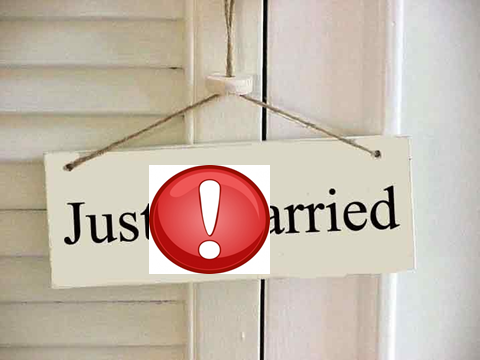There was a great post in the 3plus eGazine this week “How to disagree with your boss and not get fired” The guest author made a connection, which you don’t see very often in leadership posts. The writer linked the value of the interview and onboarding process to the presenting leadership issue. She (he?) referred to instances where these challenges can possibly be traced to gaps in the onboarding and interview procedure. A more thorough and strategic use of these processes could have avoided some of the outcomes or at least prepared all parties.
The interview and onboarding system can flag up a lot of tells regarding potential communication difficulties and cultural fit or misfit in an organisation. Oftentimes these are at the root of leadership stress and team conflict.
Hiring by numbers
Increasingly we are seeing hiring by numbers with recruitment processes taking longer than they used to. It is becoming increasingly common to have a committee of decision makers which makes the hiring process protracted. Candidates complain that application, to offer, to start date can take six months. In many cases that would be considered speedy. During this time with everyone sticking to their agreed scripts and candidates overwhelmed by the volume of contact, very often key questions and observations are not made as a group. Communication channels and observations can actually become blurred, not clearer.
Post hiring, during the first 90 days, every one is on their best behaviour. New hires are trying hard to fit in (usually.) Managers are open and being solicitous. But a bit like a marriage, after six months the honeymoon is over. Everyone relaxes and the reality is visible. Sometimes this comes with some surprises.
People start doing the professional equivalent of squeezing the toothpaste from the middle of the tube, leaving unwashed dishes in the sink and sending texts during meals. This is generally not deal breaking behaviour, but it can consume a disproportionate amount of time and energy working around or dealing with it, when it gets on everyone’s last nerve.
Ask the right questions
At this point, when those involved wonder if serious mistakes and oversights have been made, I ask the following questions of both sides:
- How well did you cover or try to gain insight into any of these issues in the interview or onboarding process to manage expectations? In most cases when there is a problem, the answer is “not in-depth” or “not at all.”
- Did you pursue references? Reference taking is a real skill, especially in litigious cultures where people are reluctant to say anything other than giving facts. The number of companies which send out pro forma questionnaires, instead of investing in a one hour interview with a professional reference seeker, is really high.
- Did you do any research? In an era of social media it is completely possible to have some feel for the boss you could be working for, or the person you are about to hire. This might not give you the total picture, as many people are different from one situation or interaction to another. But it is possible to get some idea.
So going into any hiring situation there is no substitute for asking the right questions, whether as a candidate or hiring manager. This means really understanding your values and what is important to you.
Find the tells
Gillian was shocked to find out that although her company offered flex working, her boss discouraged it, seeing it as a “privilege not a right.” In a three-month hiring process she only posed the question to the H.R. department and not to her hiring manager, or even future colleagues. A very short coffee chit chat could have added some insight into the department culture. “How often do you work from home?”
Bruno is struggling to integrate Marc, in his early 40s, into a department of young engineers. He had asked him how he would feel about joining a young team in the interview. He naturally, and somewhat predictably, had said “Great!” Bruno had not pursued the topic and later found that Marc had a very conservative mind-set, which hadn’t been apparent to him during the interview. When pressed Bruno admitted that he hadn’t gone into any real depth. Even a basic check would have revealed that Marc had no online presence, except for a limited and incomplete LinkedIn profile. That was a major tell.
All of this sounds easy, right? So then why do so many get it so wrong?
What questions would you have asked?





